Disclosure: Meeple Mountain received a free copy of this product in exchange for an honest, unbiased review. This review is not intended to be an endorsement.
El Grande is back. Hosanna.
For those who are unfamiliar, El Grande, The Big itself, is one of the great canonical games in our hobby. Every podcast, list, and forum that extends beyond the Cult of the New considers it one of the greatest games ever published. That’s for good reason. El Grande is, in fact, a masterpiece.
Great. Review’s done, then. Wrap this up. I’m going to go grab a sandwich.
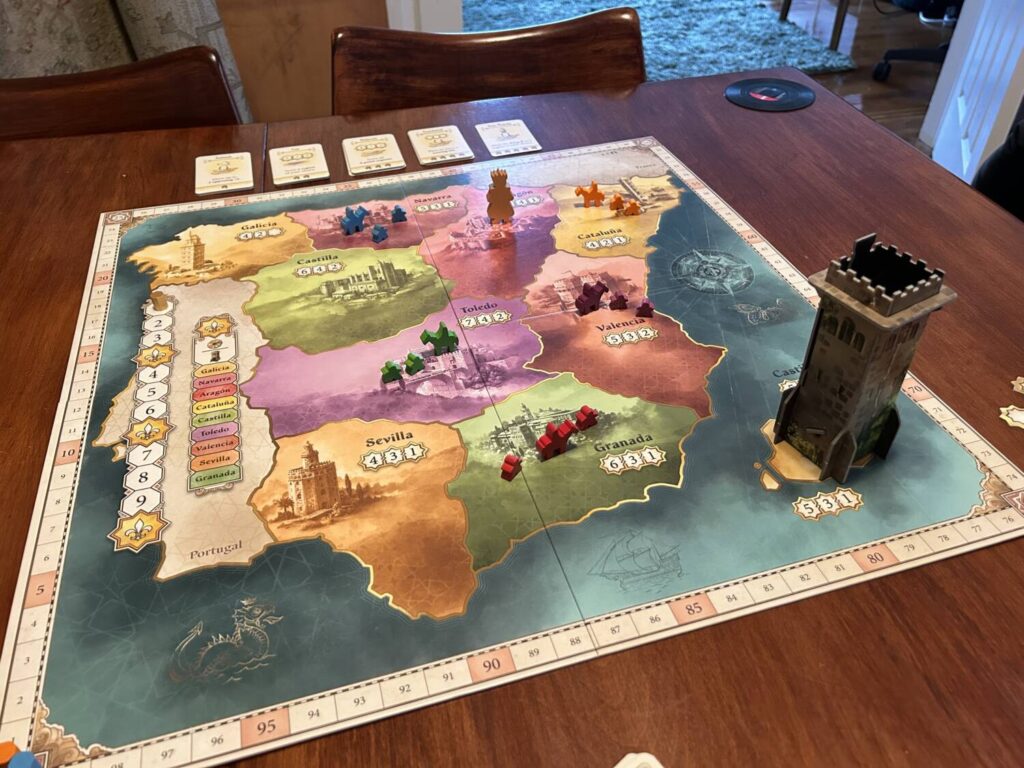
Le Grand
El Grande is an area-majority game in which players aim to accumulate political power throughout Spain. There are nine rounds, each of which follows the same pattern: players bid for turn order, then choose one of the five action cards available for that round while placing some of their caballeros out onto the board. A big part of the beauty and brilliance of the design is in the way those two—only 2!—decisions are woven together.
Bidding is, on the face of it, simple. Each player starts the game with 13 cards, numbered from 1-13. The higher the card you bid with each round, the earlier in that round you’ll go, but there are two catches. Catch number one: the lower your card, the more caballeros—the meeples you place on the board to mark your influence—you get to add from the pool to your personal supply. Catch number two: the lowest bidding player in any given round gets to bid first for the next.
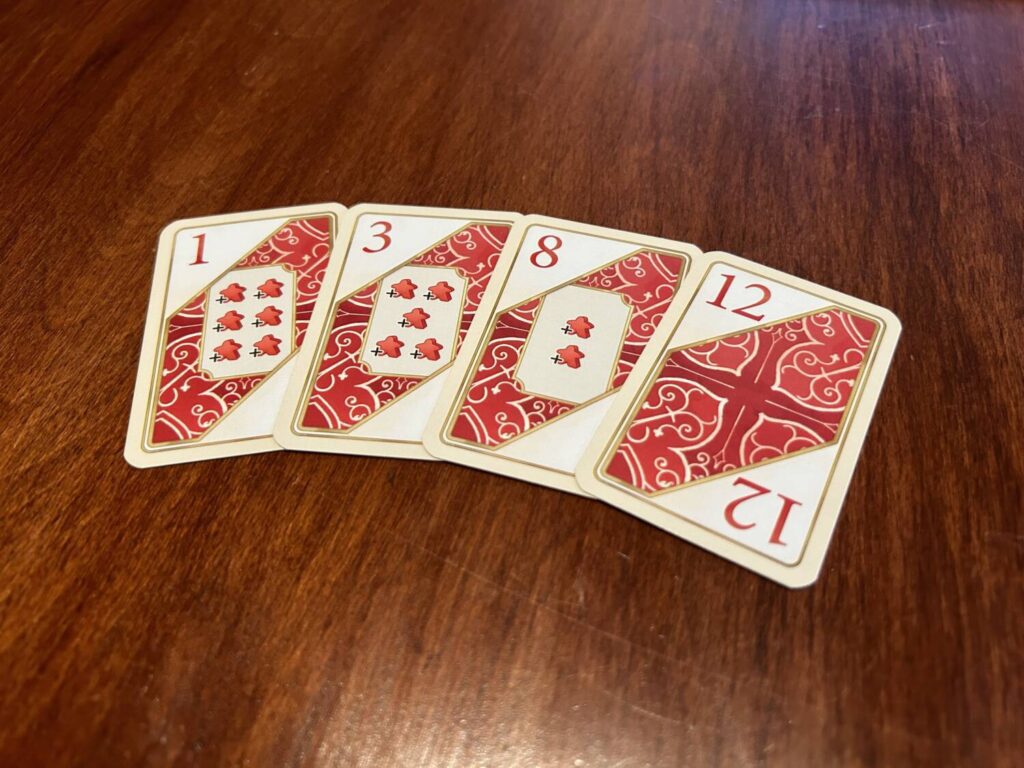
Then there are the action cards, split into five unique decks. The actions on the cards affect the board in various ways, but it mostly boils down to placing, moving, and removing caballeros. Choices are deeply political and involve a good amount of table talk. A great session of El Grande is a roiling seabed of agreements, betrayals, and machinations.
The bottom of each action card also includes between 1 and 5 caballeros, which indicates the amount of influence you can place on the board that turn. There are, of course, some restrictions on placement. On the board, and as yet unmentioned, stands el rey, the King, visiting the various provinces of his kingdom. His position is critical. Caballeros can only be placed in regions adjacent to the King, and nothing—absolutely nothing—can change in the region where the king is present.
In addition to putting caballeros out on the board, you have one other option: any number of caballeros can be placed in the Castle, a tall cardboard tube standing on an island to the southeast of the mainland. Why would you want to do that?
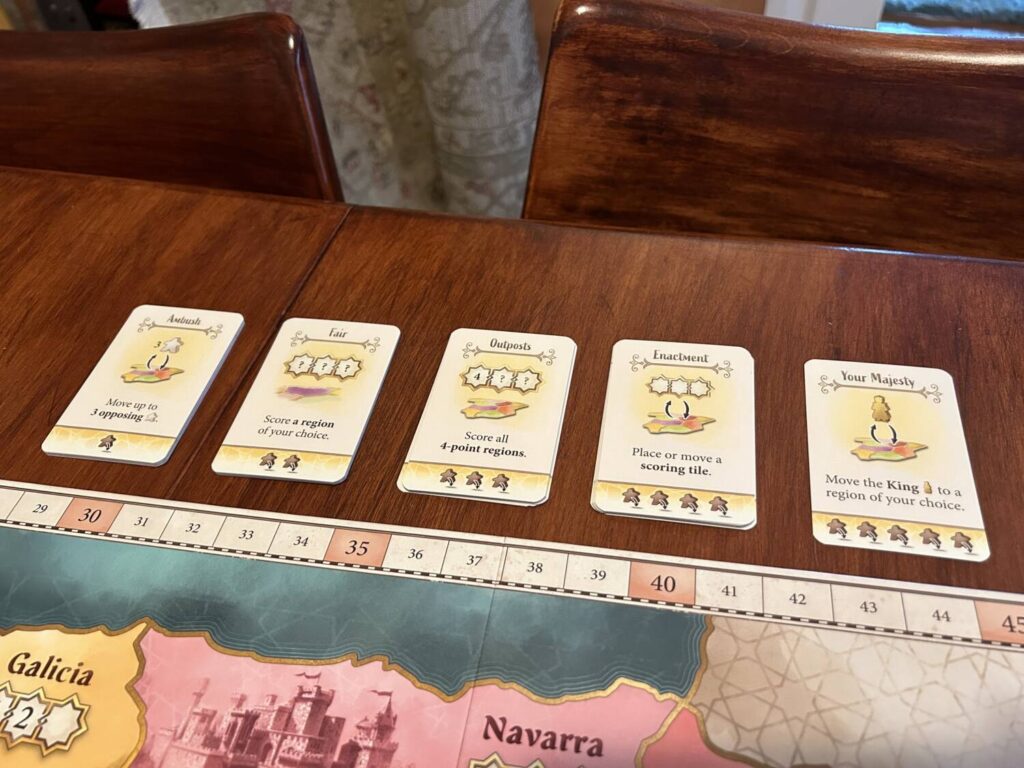
Täma Iso
Every three rounds, scoring triggers. Most of it is rote: go through each region, one at a time, and give the leading players in each region the points indicated on the board. If I have the most caballeros in Toledo, for example, and you have the second most, I get 7 points and you get 4.
Before all that happens, though, we have a little bit of drama.
At the start of the game, each player gets a spinner wheel showing all the regions. Before scoring begins, each player sets their spinner to one region, places their wheel down on the table, and the Castle is emptied.
A moment to shovel praise on whichever member of Hans-im-Glück’s production team suggested giving the new castle a functioning gate. In the history of El Grande, the Castle has had various levels of aesthetic sophistication, but it has always been, fundamentally, a tube. To reveal its contents, one would simply lift the tube.
That’s fine.
Perfectly fine.
Lifting that little gate and having all the caballeros spill out is wonderful.
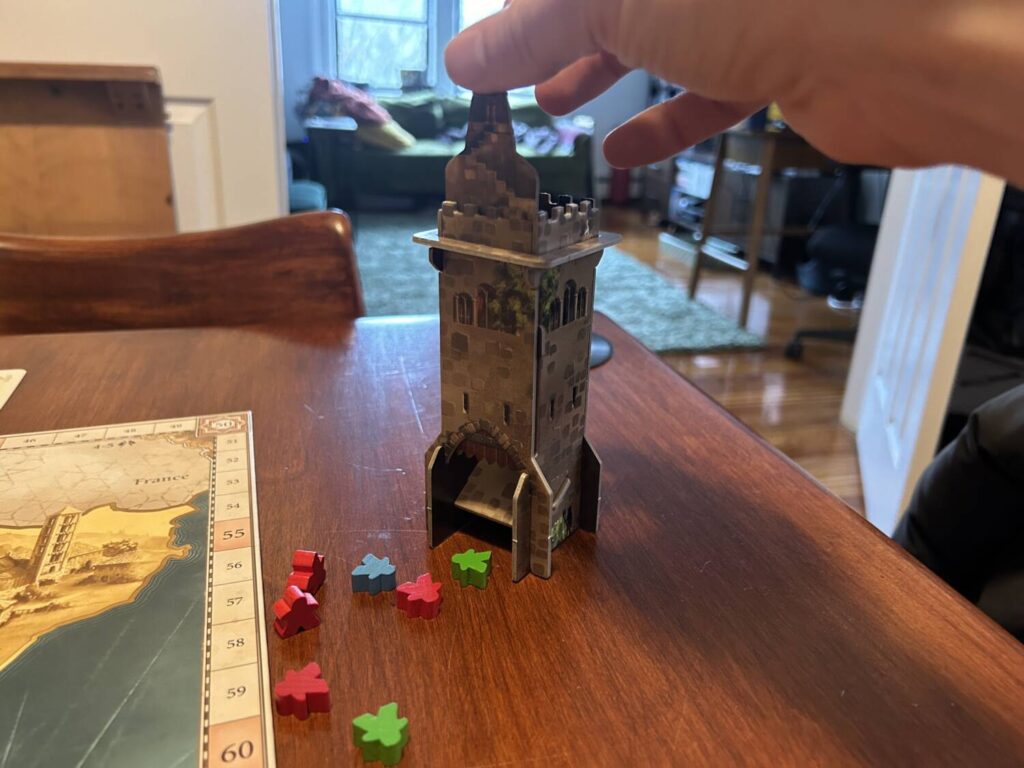
The Castle itself counts as a region, but the real value comes in what happens after scoring it. Each player reveals their selected region and then places any caballeros they had in the castle out onto the board. This happens, I’ll reiterate, before the rest of the board is scored. The Castle is a source of tension, a sword of Damocles hovering over the board.
I love a sword of Damocles hovering over the board.
Der Gross
El Grande does everything I want a game to do. The rules are simple. The board state is never confusing. You make three choices every turn: how much to bid, what to pick, where to place. The choices are simple, the ramifications are complex. Truly, the ideal.
Oh, and I have to say, do you know how long it takes to set up El Grande? Two minutes. That process is improved by Hans-im-Glück’s decision to include little boxes for each player’s components to be stored in between games, but even without those, that amount of time is a pittance. Lay out the board, hand out the boxes, place the starting pieces out in each province, shuffle the action cards, and you are done. Heaven. Find me a contemporary, comparably rich Euro with that kind of setup time. It cannot, by and large, be done.
El Grande is not only a great game, finally made available to the masses. It is a reminder of what games can be, that complication isn’t necessary to create complexity. The Big indeed.
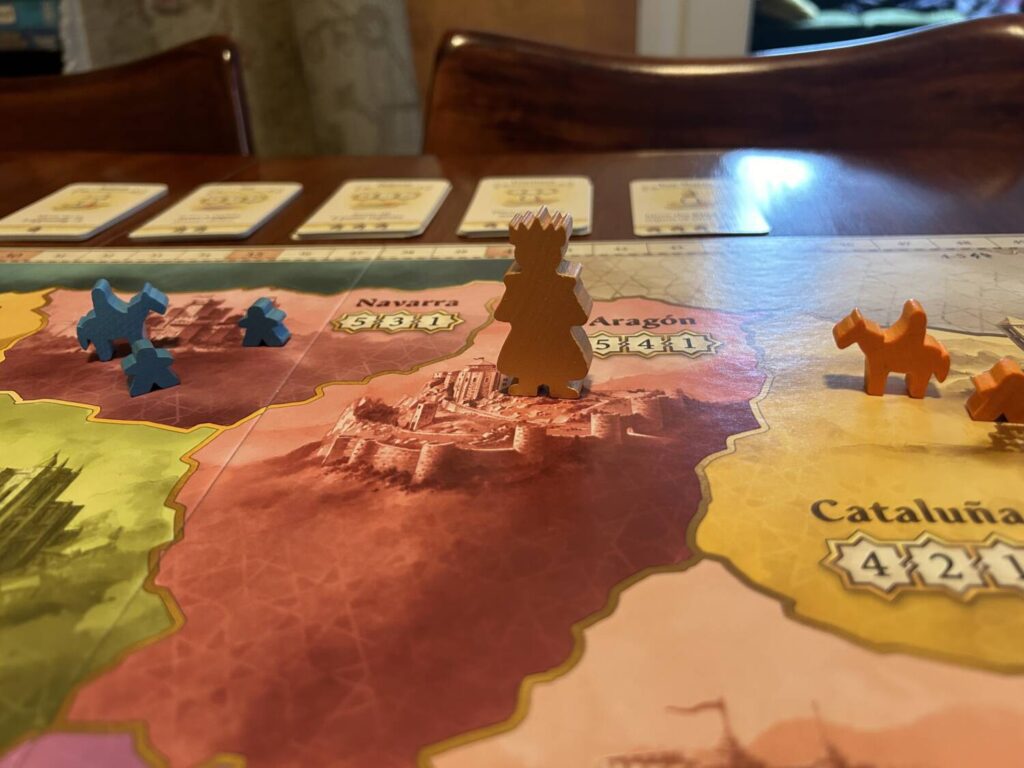


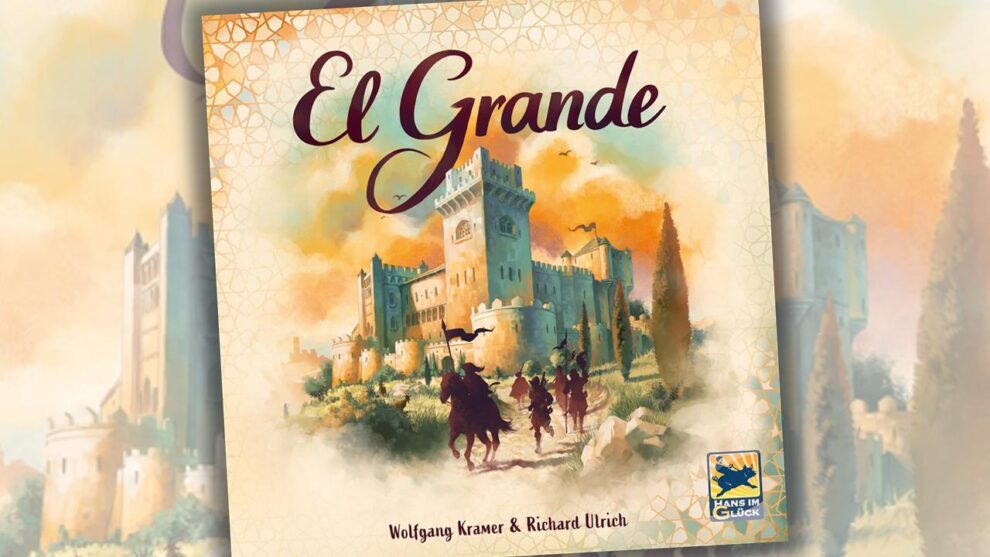

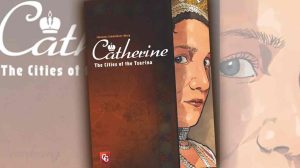

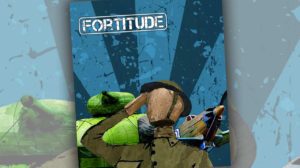





Add Comment